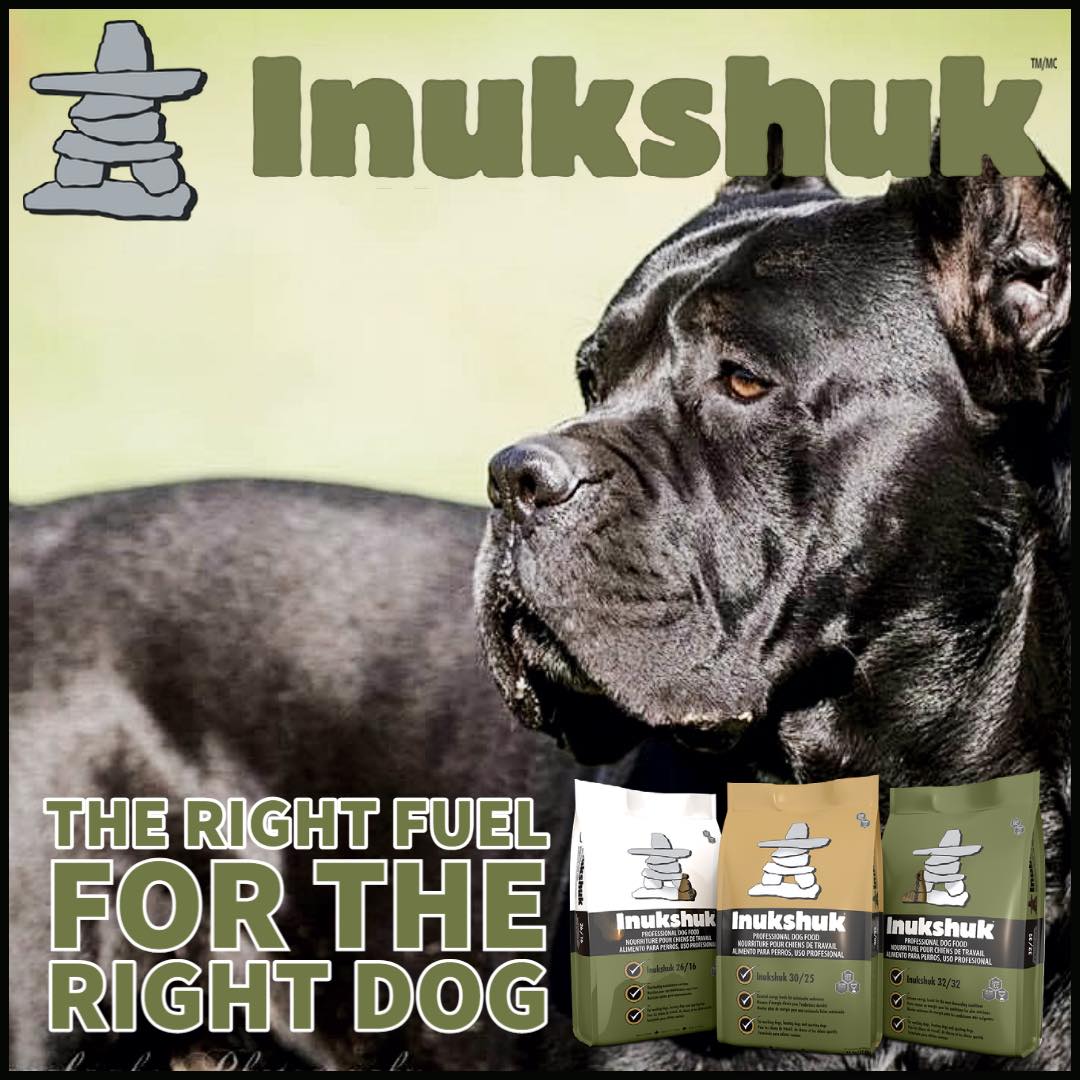|
A LOOK INSIDE CANINE PERFORMANCE DIETS BY: EMILY COREY, DIRECTOR OF RESEARCH & DEVELOPMENT, COREY NUTRITION as published in K-9 Cop Magazine, Issue 55, APR/MAY 2019, for Police and Military Working Dog Handlers Police and military working dog handlers know the importance of keeping their dog in tip-top shape better than anybody. A healthy, well-trained dog can mean the difference between apprehension or escape, interdiction or circumvention. Proper nutrition prolongs your K-9’s life and increases operational successes. THE WORKING DOG DIET Like humans, the ideal diet of working canines is based on a variety of factors, including the intensity and duration of activity, desired outcomes, environment and the individual energetic requirement of the dog. In all cases, it’s vital to assess the overall performance requirements of the canine and tailor the diet – and more specifically, certain nutrients – to meet the needs of the dog. The main contributors of energy to a dog’s diet are protein, fat and carbohydrates. Together, they make up the major energetic constituents in any food and their variable contributions affect the overall performance of an animal. If the major energy contributions come from protein, fat and carbohydrates in a canine diet, what is the relative energetic value of each? In canines, fat contributes 8.5 kcal/g and protein and carbohydrates contribute 3.5 kcal/g each. Despite the energetic contribution of protein and carbohydrates being equal, they each play different roles for canine performance. WHAT TO LOOK FOR IN A CANINE FOOD Protein & Fat: Sources, Quality and Inclusion • Look for a diet high in animal-based protein. Multiple protein sources are ideal, as it allows for the body to select what it needs from a wide-range of naturally sourced amino acids. • Look for a level of protein that is sufficient to meet the needs of the dog for both exercise stamina and recovery. Greater than 24% of ME, or > 28% of DM • Multiple animal-based fat sources are optimal. Having a range of fats allows the body to select which fatty acids are most necessary for the animal at the time of feeding. Animal fats are helpful, as they are highly digestible to the dog and are often more palatable. • Higher fat diets = more energy in less food. This is especially important for high-energy K-9s that have a difficult time keeping weight (Belgian Malinois are a great example). Not only will it allow the dog to obtain more PUFAs to help with olfaction, it will get more calories into the dog in less volume. More fuel = better energy and a better likelihood of weight maintenance. • Omega ratios matter. Look for a diet with a 5:1 to 10:1 Omega-6 to -3 ratio. • DHA/EPA/linolenic/linoleic acids are constituents of your Omega-3s and 6s. Omega-3 fatty acids, in particular the PUFAs, EPA and DHA (fish oils are a great source!), have been found to help maintain joint flexibility and deter and reduce symptoms of osteoarthritis in dogs more effectively than chondroitin, glucosamine and green lipped mussel.1,15,16 These good fats also play a structural role in cell walls, proper nerve/brain functioning and immune responses. When it comes to EPA and DHAs, fish oils and algae-based oils trump many vegetable-based oils (such as flax). Carbohydrates and the Working Dog • Remember: sprinters use carbs; endurance athletes use fats. Find a food that best suits the activity level of your dog. This is largely based on the duration of activity, not the intensity. Inukshuk 30/25A balanced diet designed for high-energy endurance to fuel your dog’s athletic activities. GUARANTEED ANALYSIS: Crude Protein (min.) 30.00% Crude Fat (min.) 25.00% Crude Fibre (max.) 3.50% Moisture (max.) 10.00% Omega-3* (min.) 1.30% Omega-6* (min.) 4.10% *Not recognized as an essential nutrient by the AAFCO Dog Food Nutrient Profiles CALORIE CONTENT: Metabolizable Energy (ME) = 4125 kcal/kg = 578 kcal/cup CALCIUM / PHOSPHOROUS LEVELS:Calcium 1.1% (min), 1.6% (max) Phosphorus 0.95% (min), 1.45% (max) |




